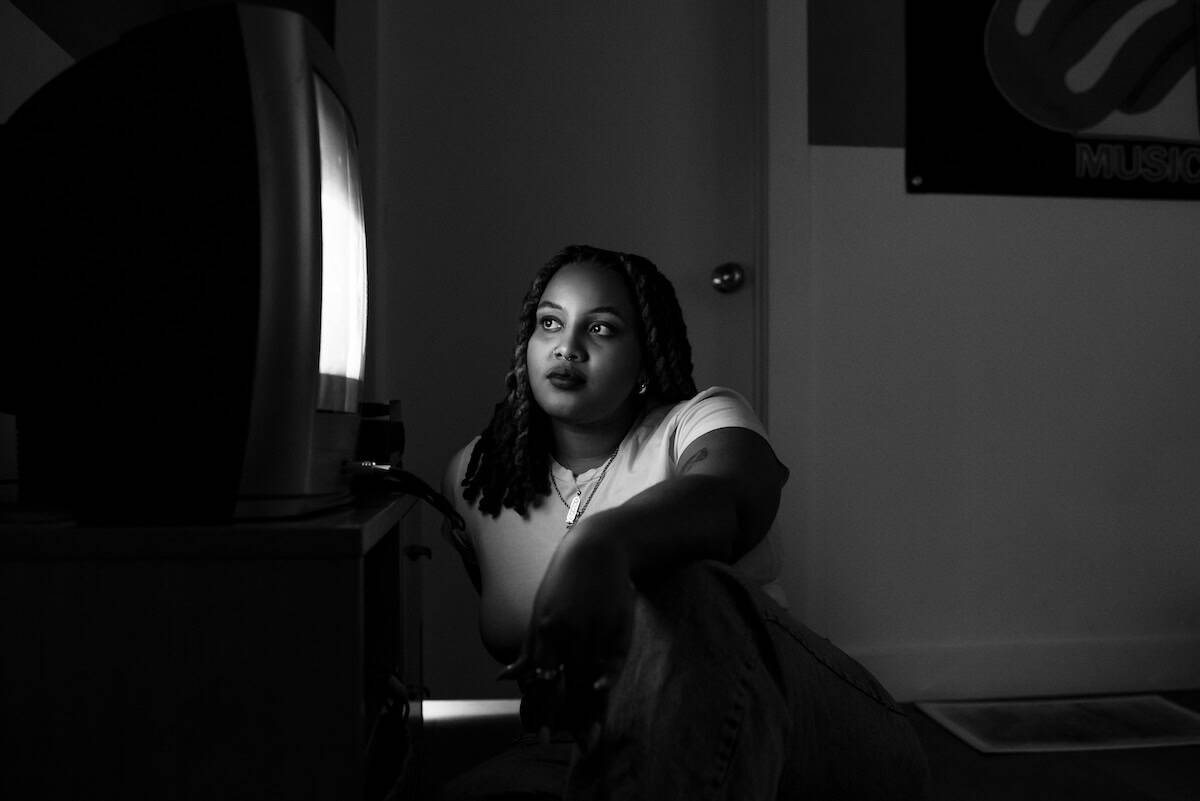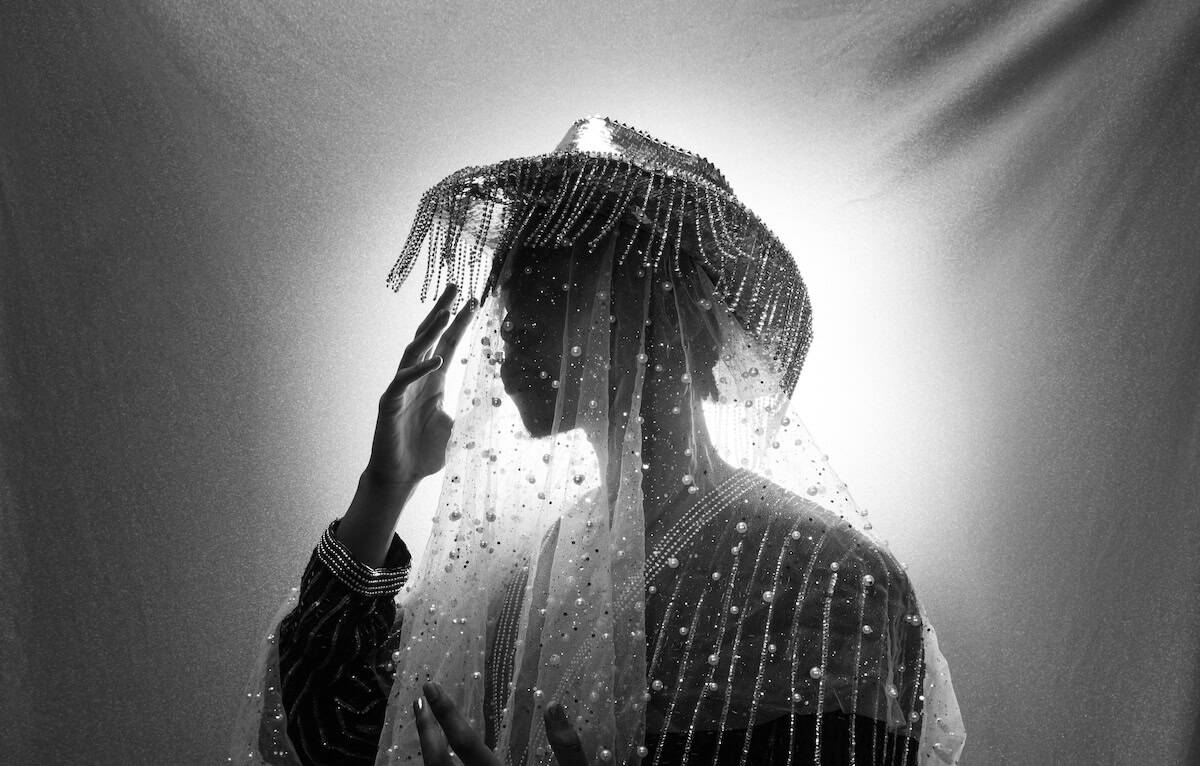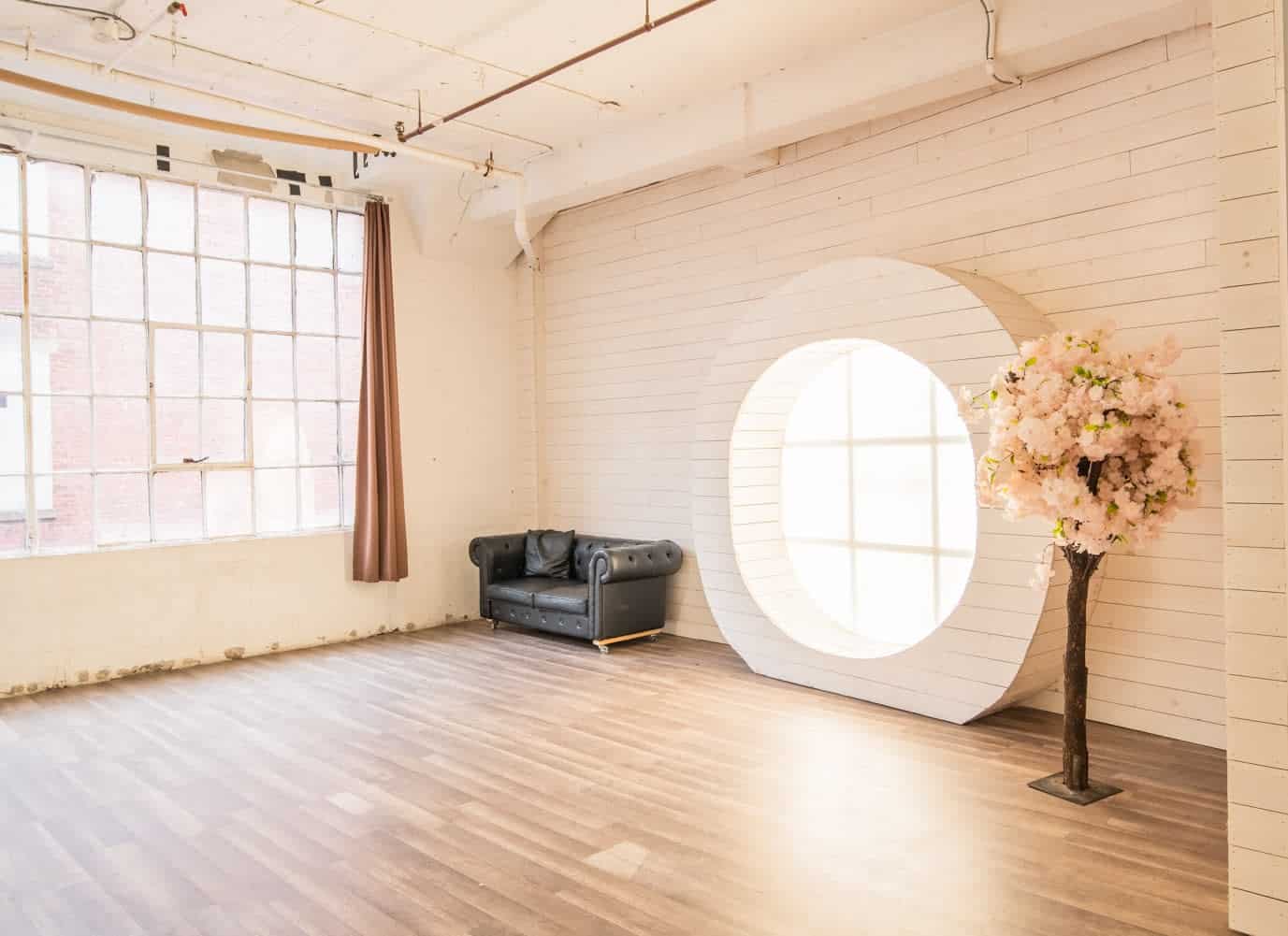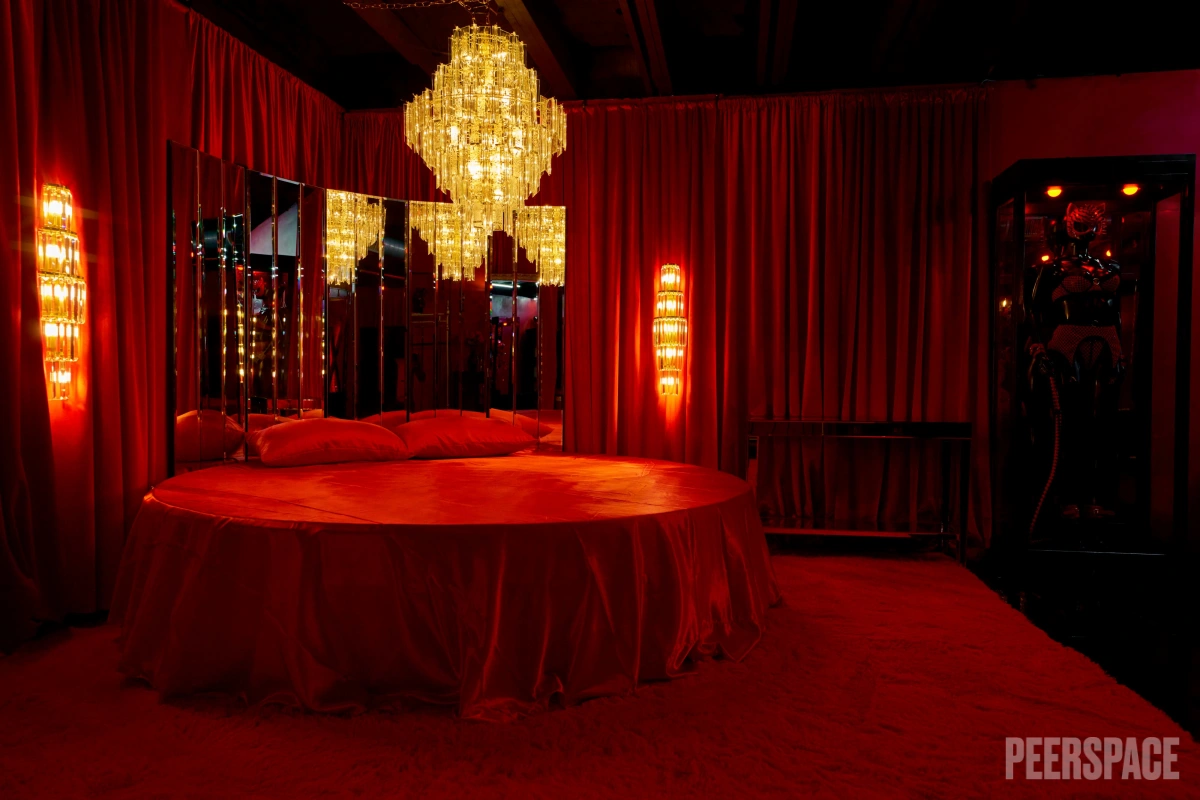Product Photography Pricing: Everything You Need To Know
- Date: July 28, 2021
- Topic: Photography
- Contributors: Written by Angela Orlando

Source: Peerspace
Do you think you might be interested in pursuing product photography as a hobby or occupation? Or perhaps you already have your pinkie toe in the door and you’re about to step all the way into the profession. Product photography can be extremely lucrative compared to other commercial types (more on that later), so it’s important to learn how to set your rates, especially as a beginner just entering the field. And when you’re just starting out, there can be a lot of overhead, from gear to locations to marketing. Take the following into consideration as you start your cost calculations and learn to set your prices accordingly.
Inspiration and skills

Generally, product photography is comparatively straightforward, but as with any endeavor, it’s good to have your own style or niche. When you’re just starting out, you might not know your photography “voice” yet – especially when it comes to commercial photography. But you’ll have to set yourself aside somehow, maybe by the types of props you use, or maybe you’ll make a name for yourself by only shooting a certain category of products – like household appliances or pantry items or car parts.
One cost-effective way to determine your style is to take classes, online, hybrid, or in-person, on anything from basic art techniques to specific photography methods to Photoshop or other editing software.
Talk to your accountant, because these courses – and related media, like books and pricey subscriptions to stock photography providers – might be deductible expenses. If you gain some sort of authorized certification, you might be able to charge more for your services, even as someone just entering the field. If nothing else, you’ll improve your skills and therefore be more valuable.
Special gear
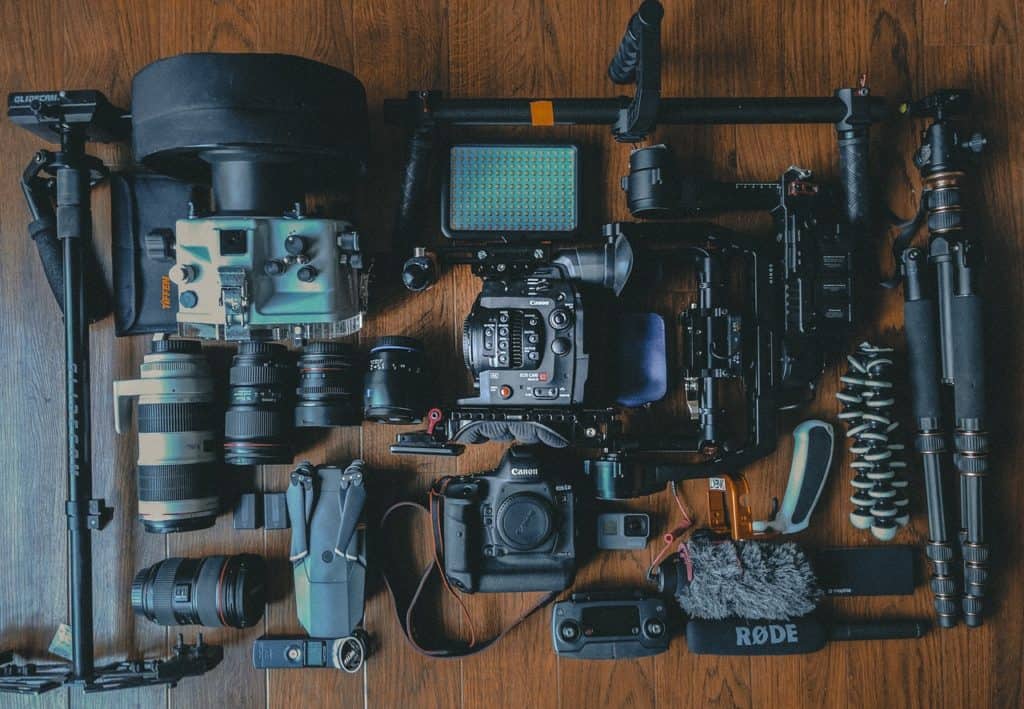
No doubt you already have a beloved camera body and a few lenses, but product photography is going to require more equipment than the basics, and specialized types of gear compared to other types of photography.
When it comes down to it, your photos must be of the very highest quality. They are, after all, being commissioned for the purpose of selling an object. Further, the size of the end product ranges tremendously. There’s a chance your images will run as tiny thumbnails in an online e-commerce context, as smallish images in print catalogs, or they could even be blown up into large public advertisements. So, the images need to be versatile as well as pristine.
At the very minimum, in addition to the camera body with a good flash capability, you’ll need:
- An easily portable tripod
- A telephoto macro lens
- Excellent lights and scrims
- Grip equipment to hold and extend gear
- Reflectors and foils
- Editing software – let’s face it: just as much of a photographer’s time is spent in front of the computer as behind the camera
On the plus side, e-commerce product photographs generally feature a white background, so if that’s your niche, you won’t need to purchase an assortment of drops.
A location
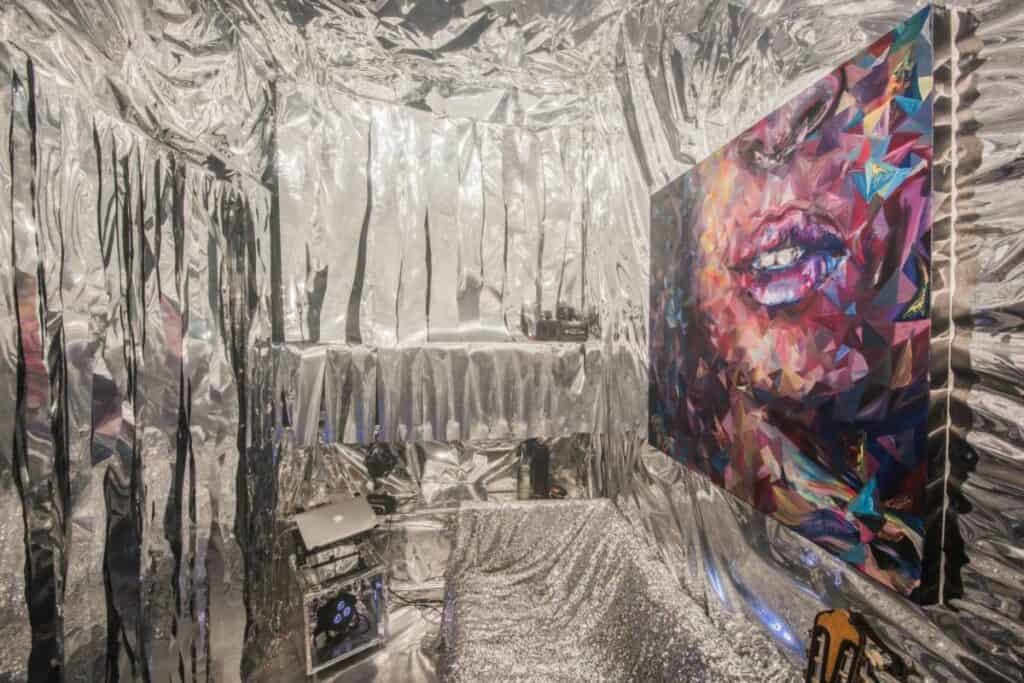
You’re going to need a place to shoot the products. It’s great if you have access to your own studio, but that’s unlikely when we’re first starting out.
Peerspace is a great option for renting a space to shoot by the hour, particularly if you have a mobile photography business or are traveling and want to take on a project. Peerspace is easy to use — simply perform a search for the type of space you need, in the city where you’re located, and scroll through thousands of spaces to find a unique space to bring your ideas to life.
You can match the venue to the product, as well. For example, if you find yourself in St. Louis and you need a lot of bright light and space for the shoot, you could rent this established studio that has designated shooting bays and a freight elevator to accommodate a lot of gear or sizeable products, like appliances. Even the studio’s kitchen is perfectly lit, useful for shooting items like dishware or condiments. Or if you’re shooting a funkier product and need a truly creative setting, check out this San Francisco psychedelic mirrored studio (pictured above), lined floor-to-ceiling with Mylar. Peerspace uncovers thousands of unique spaces in hundreds of cities, so you’re bound to find an innovative place to shoot whatever product you’re assigned.
Marketing
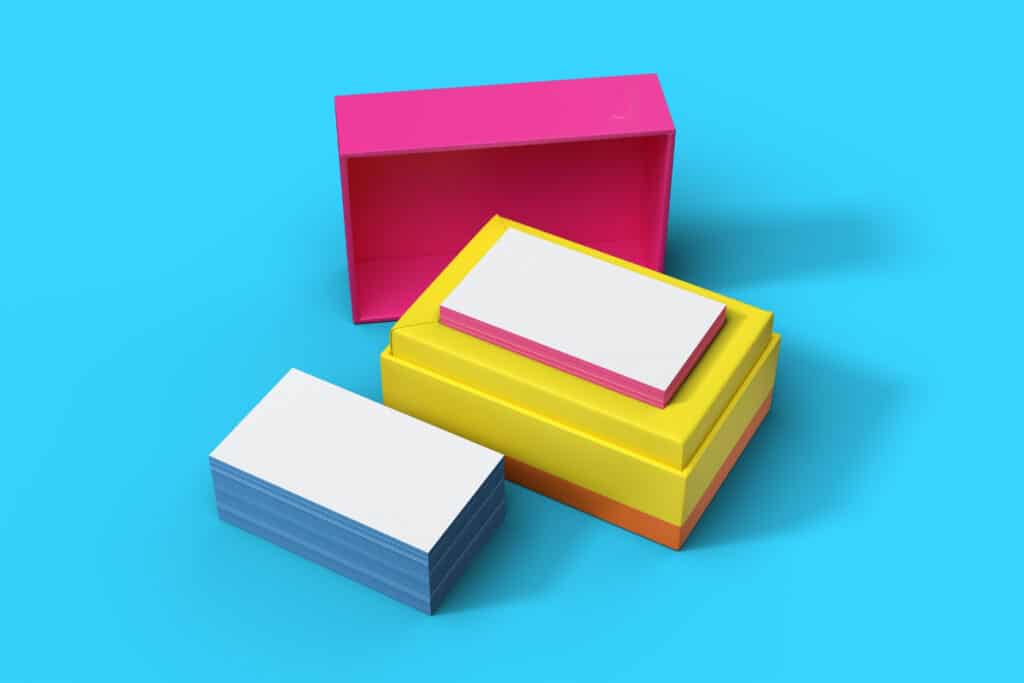
Word-of-mouth is still the gold standard when it comes to marketing. But it’s hard to gain cred as a product photographer until you’ve compiled an impressive portfolio or at least a few clients who can refer others.
When you’re just starting out, you’ll have to spend some money on advertisement. How you allocate these resources depends on your market and your target audience. Either you’ll have to learn the art and science of marketing on your own or outsource it by hiring a marketing specialist. Once you’ve built a positive reputation and are garnering followers who translate into sales, you can start to reconsider your marketing budget.
Additional startup costs related to branding, like designing a logo, printing business cards, and generating other promotional materials, all add up, and you’ll need a website or other platform to host or bolster your portfolio and organize bookings.
Rates
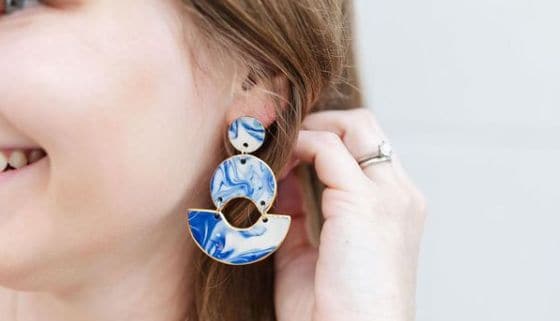
Classes, media, gear, locations, and marketing are all predictable costs you’ll need to consider when you’re setting your rates.
However, because product photography is a skilled art, much of the pricing is variable. If you’re in London, you can charge a lot more per day than if you’re in Tulsa, Oklahoma. If your specialization is luxury goods like fancy jewelry, you’ll likely rake in more than if you’re shooting locally produced jam.
Regardless, at first, you’ll likely be shooting locally produced products made by small companies operating on a limited budget. It’s highly unlikely that a megabrand with vast resources is going to hire a beginner – even one with incredible talent. As such, you can anticipate garnering a lower rate to start out.
Freelance photographers charge by the image (about $30 per useable image is the going rate) or by the day if it’s an intensive project. Day rates are the most variable because, again, they depend on the market, the type of item being photographed, the client, and your skill. To start out you can anticipate perhaps $500 for a 10-hour day plus negotiable expenses like transportation and lunch for a custom project.
That said, freelance product photographers are some of the highest-paid in the industry, up there with fashion, architecture, and medical photographers. It’s well worth the time mastering the art and skills necessary in order to turn your passion into a high-income business. Just don’t forget to subtract costs from the gross earnings to determine what you’re netting and set your rates accordingly.
Find accommodating photo studios on Peerspace
Get together somewhere better
Book thousands of unique spaces directly from local hosts.
Explore SpacesShare your space and start earning
Join thousands of hosts renting their space for meetings, events, and photo shoots.
List Your Space

